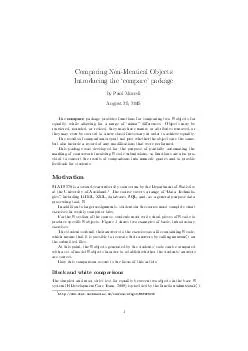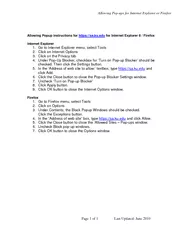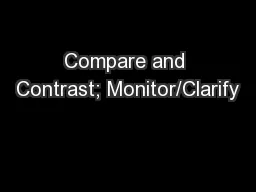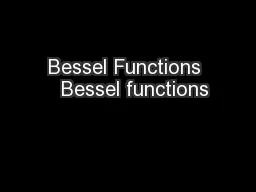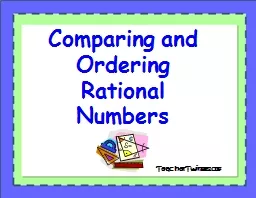PDF-Comparing NonIdentical Objects Introducing the compare package by Paul Murrell February
Author : alida-meadow | Published Date : 2014-10-29
Objects may be reordered rounded or resized they may have names or attributes removed or they may even be coerced to a new class if necessary in order to achieve
Presentation Embed Code
Download Presentation
Download Presentation The PPT/PDF document "Comparing NonIdentical Objects Introduci..." is the property of its rightful owner. Permission is granted to download and print the materials on this website for personal, non-commercial use only, and to display it on your personal computer provided you do not modify the materials and that you retain all copyright notices contained in the materials. By downloading content from our website, you accept the terms of this agreement.
Comparing NonIdentical Objects Introducing the compare package by Paul Murrell February: Transcript
Download Rules Of Document
"Comparing NonIdentical Objects Introducing the compare package by Paul Murrell February"The content belongs to its owner. You may download and print it for personal use, without modification, and keep all copyright notices. By downloading, you agree to these terms.
Related Documents

